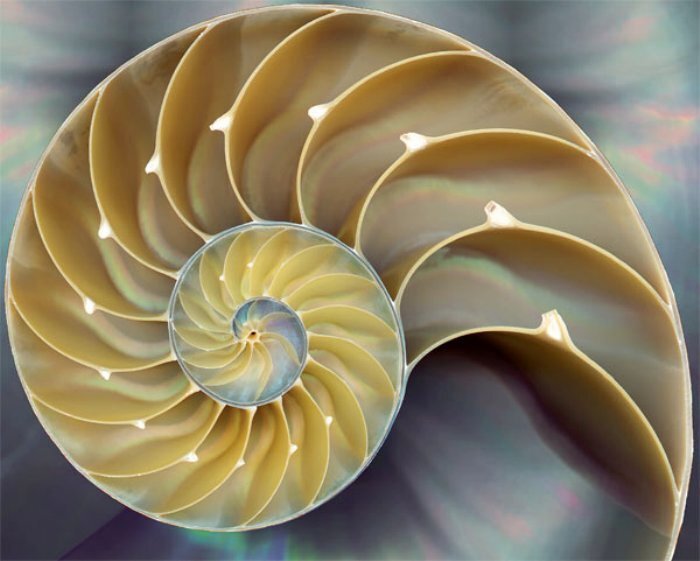Homeopathy Beginners Books
Books
For Polarity Analysis, to a beginner, the first big problem is to differentiate between 2 to 4 remedies. The traditional books have enough detail. They are inexpensive, so it is handy to buy the books listed below.
My short answer to beginners who need a few books is you should get the materia medica of Phatak and Boericke. If you have 85 dollars, buy an older version of Vermeulen’s materia medica otherwise buy a second hand Materia Medica by James Tyler Kent. Kent will give you some wonderful remedy pictures for very little money. Once you understand how I figure out the curative remedy by watching my videos, buy life-long access to the online version of Polarity Analysis by Heiner Frie. (You cannot learn to find a remedy using a repertory if you do not try it out yourself. What a repertory is and why you would want to learn to use it is a long story so listen to my lectures to answer those questions.)
Descriptions of major remedies are in these materia medica. Listed by author’s name.
These first two books above are inexpensive and to differentiate remedies for Polarity Analysis, perhaps you don’t need more. I would tend to go to Phatak first.
The main way I use the web when I am interviewing a patient is by accessing the Polarity Analysis repertory. That is simple and quick. I interview and repertorize at the same time. Then, I take out a book form of materia medica and ask questions to confirm the remedy that I suspect to be curative.
William Boericke http://www.homeoint.org/books/boericmm/index.htm is very inexpensive. It is so succinct that at first, I ignored it. Without more detail, so many remedies seemed the same. Vermeulen, an encyclopedia of homeopathic materia medica relies on Boericke for a short, simple description of each remedy. Then he goes in detail that eventually you will discover to be very helpful. Once you sort of know the remedy, short descriptions such as those written by Boericke and Phatak are useful. Before that, you probably will want more detail.
James Tyler Kent’s Materia Medica is cheap. https://www.materiamedica.info/en/materia-medica/james-tyler-kent/-preface:-lectures-on-homoeopathic-materia-medica. The problem with using, for example, a Kindle version of this kind of reference is the table of contents is not automated. So, searching for a specific remedy is not easy.
The books mentioned below are expensive, but I will include them for reference. Phatak’s materia medica is excellent for physical symptoms. https://books.google.co.jp/books/about/Materia_Medica_of_Homoeopathic_Medicines.html?id=U0oXp6hwERgC&redir_esc=y But, often you need to know the personality of a remedy to differentiate it from other remedies that will come up when you repertorize a remedy.
Vermeulen’s encyclopedia-type materia medica are all very expensive. Prisma is the best one for a quicker overview of the remedy. He has revised them several times, but people do not get rid of their homeopathic books easily. So, I do not see second-hand books of his. In a lecture that he gave on his own learning process, he said that he did not understand the importance of Allen’s (Timothy) encyclopedia when he did the first editions. So, the earlier editions do not include that vital information. But, for a beginner, Phatak is plenty and an earlier edition of Vermeulen's Prisma would seem overwhelming in the detail that it contains. Yet, if you can afford it, then get at least one of his. The problem is in getting a modern version of the mind symptoms of polycrests. When I began, I liked Vermeulen because he included more of a portrait of the remedy. Also, at a glance, I could see where the mind and the physical symptoms expressed the same syndrome.
Recently, I have taken a liking to the lectures on Materia Medica given Robin Murphy. https://www.narayana-verlag.com/Keynote-Materia-Medica-Robin-Murphy/b19395 or https://www.lotushealthinstitute.com/store/index.php/keynote-materia-medica.html They are poorly edited direct transcriptions of lectures. I find the book easier to access than lectures. Unlike the above books, they are casual discussions of the remedies. But, what I still use every day are the standard Materia Medica listed above.
Digital Resources
Youtube lectures
I learn remedies by hearing and reading cases. Many other teachers on Youtube such as Vithoulkas or Misha Norand are excellent for getting the big picture of a remedy. If you are really interested, contact me and I will help you find more lectures.
Online Large libraries on many homeopathic subjects
All over the net, in digital books and small inexpensive mobile apps, you will find access to most of the major materia medica. https://homeopathybooks.in/ For 30 dollars, I bought Firefly. It seems a bit clumsy to use as a repertory, but it provides on the go access to all of the major materia medica including Phatak and Kent. That is useful.
Develop an intuitive picture of remedies.
You do not need to already know remedy pictures to begin using Polarity Analysis or to find the curative remedy. I love to know remedies the way I know people. They have individual personalities and their physical bodies also feel a certain way. Over the years, I have invested thousands of dollars in authors, Robin Murphy (above), Mangialavori, Louis Klein, Johnathan Shore, Jeremy Sherr… The list is ever-growing. But, you do not need my library to begin learning from your own cured cases.
Learning from cured cases
I treat my patients like my best teachers. When I know they are healing, I rejoice for them first because their suffering decreases, but also because they begin teaching me about their curative remedies as they heal. The pictures that I get from cured cases are the most vivid remedy pictures. By learning Polarity Analysis, you can quickly reach the point that you are learning from your own cured cases.

